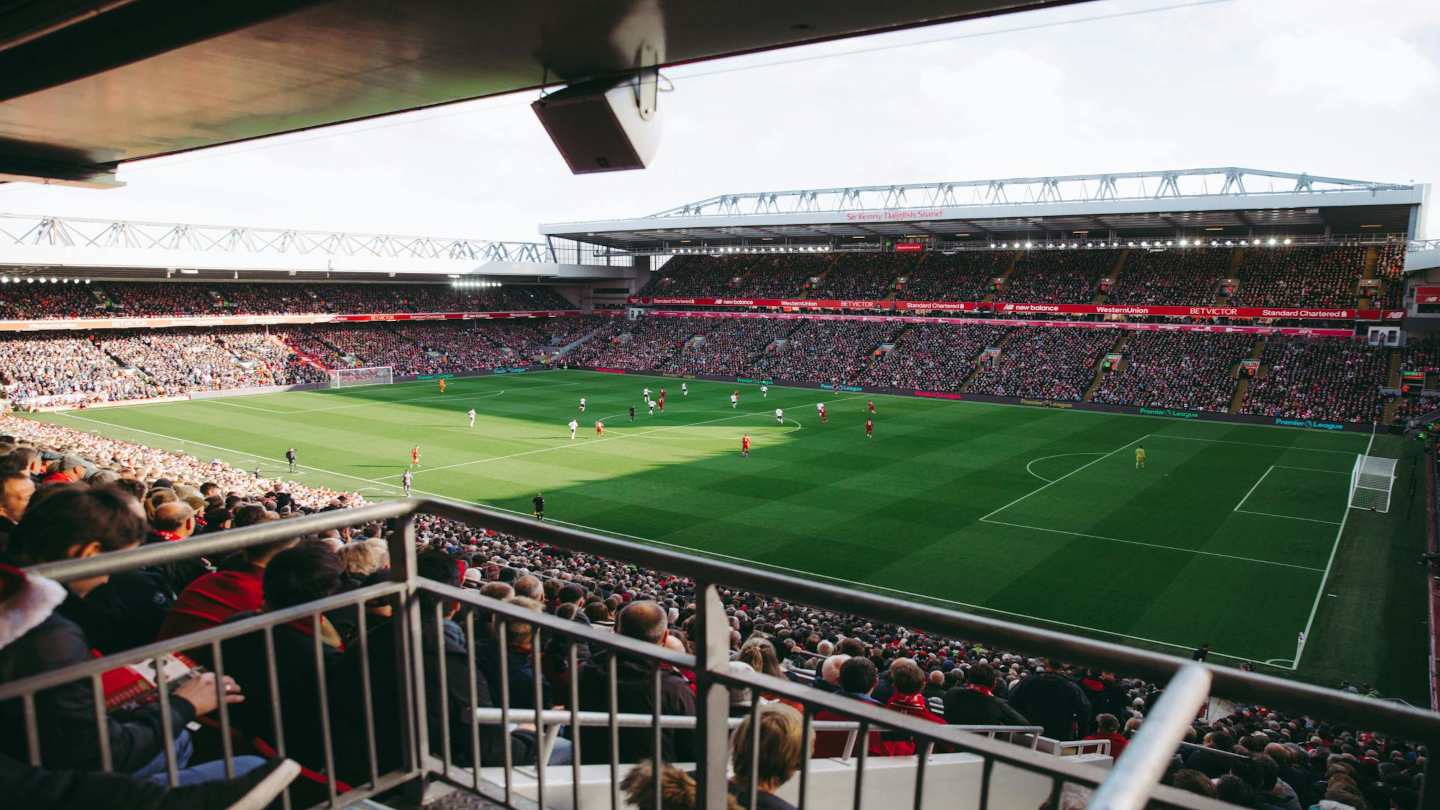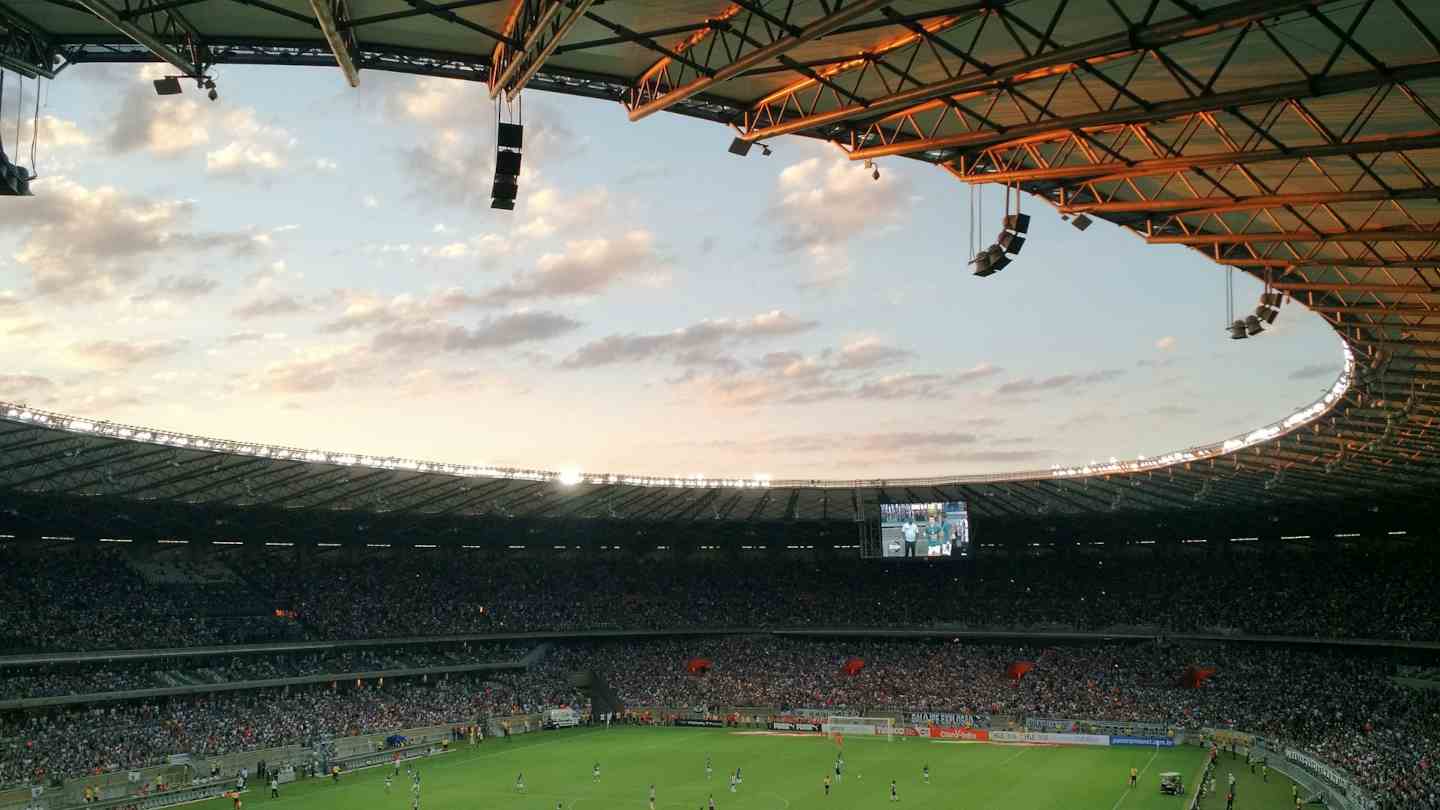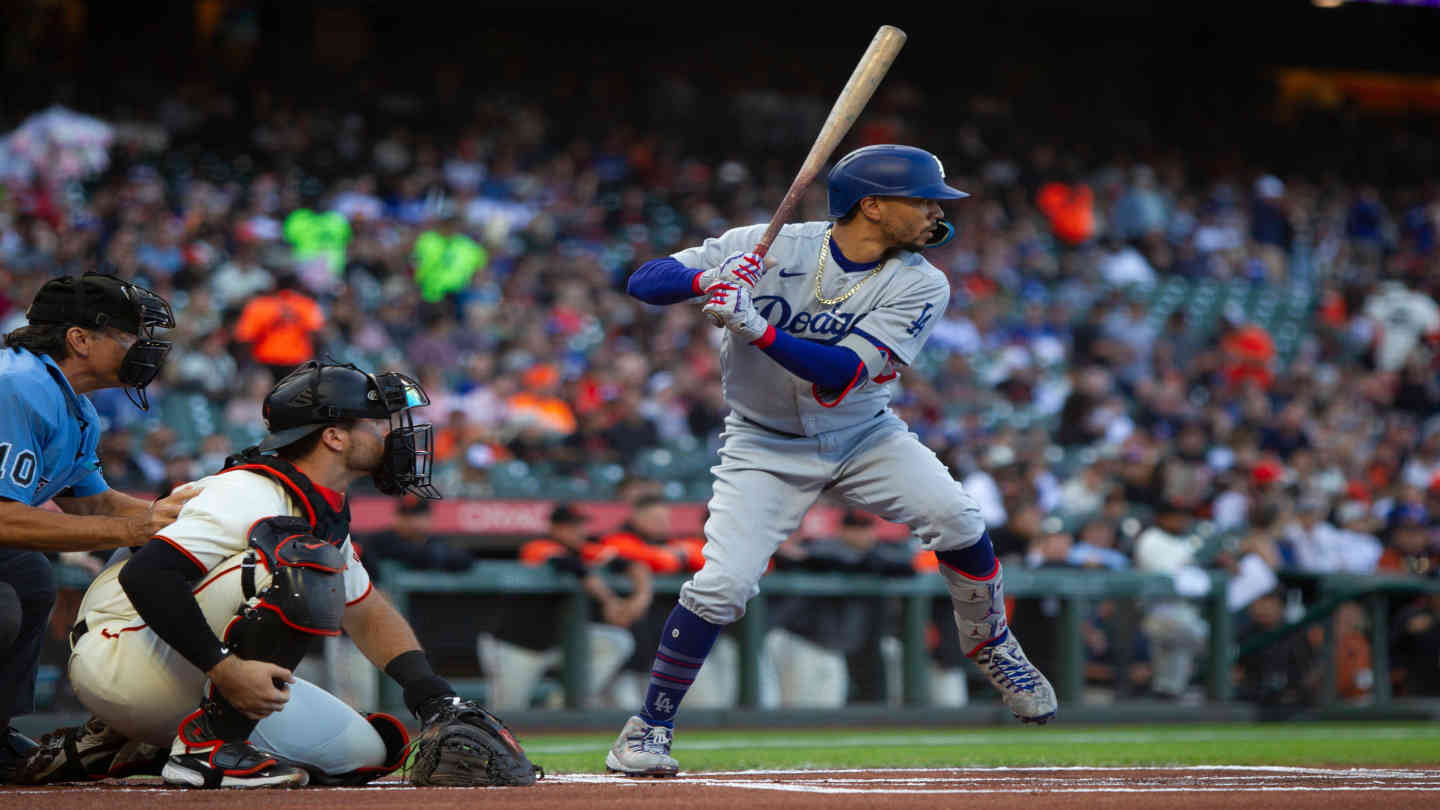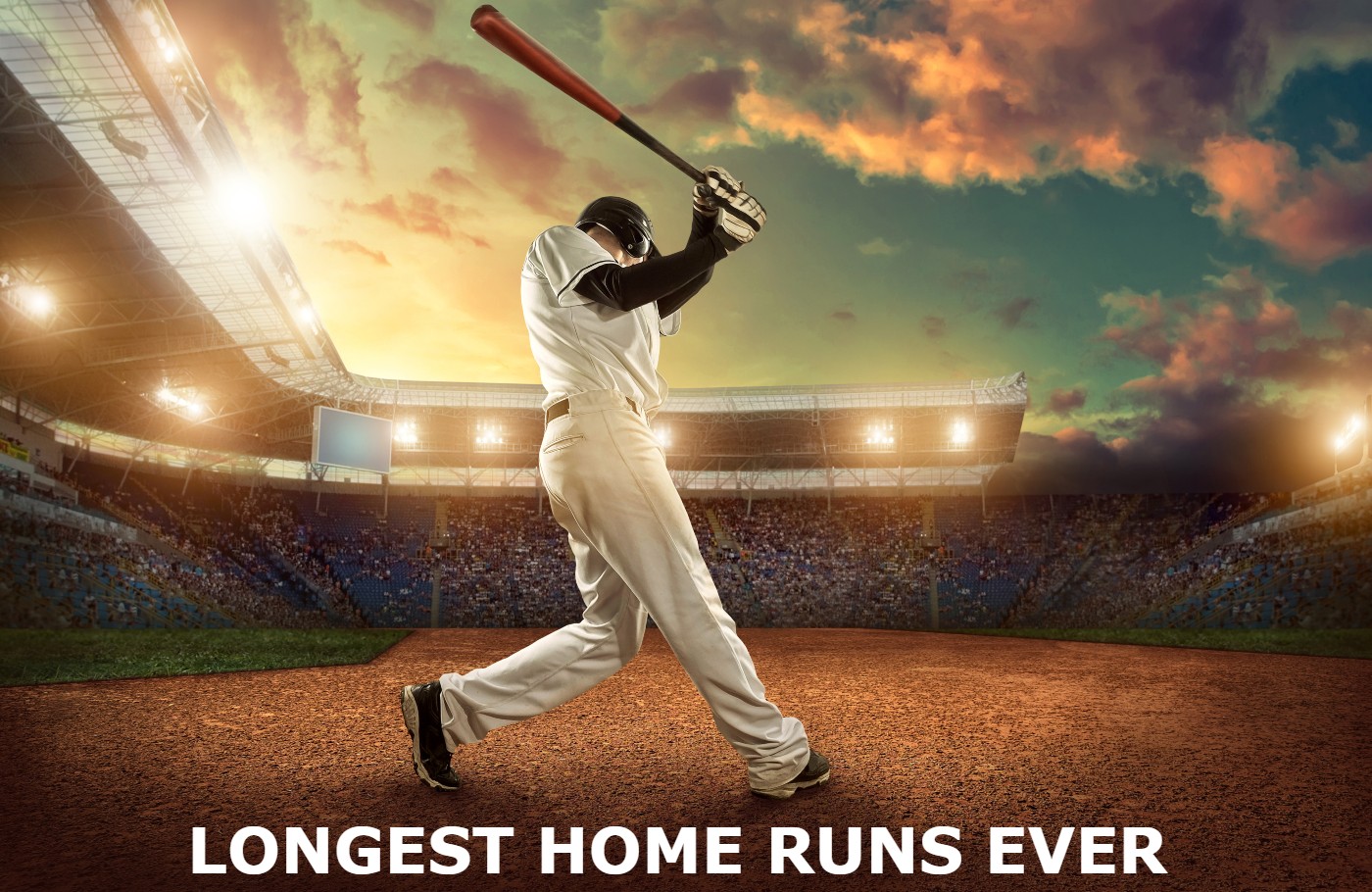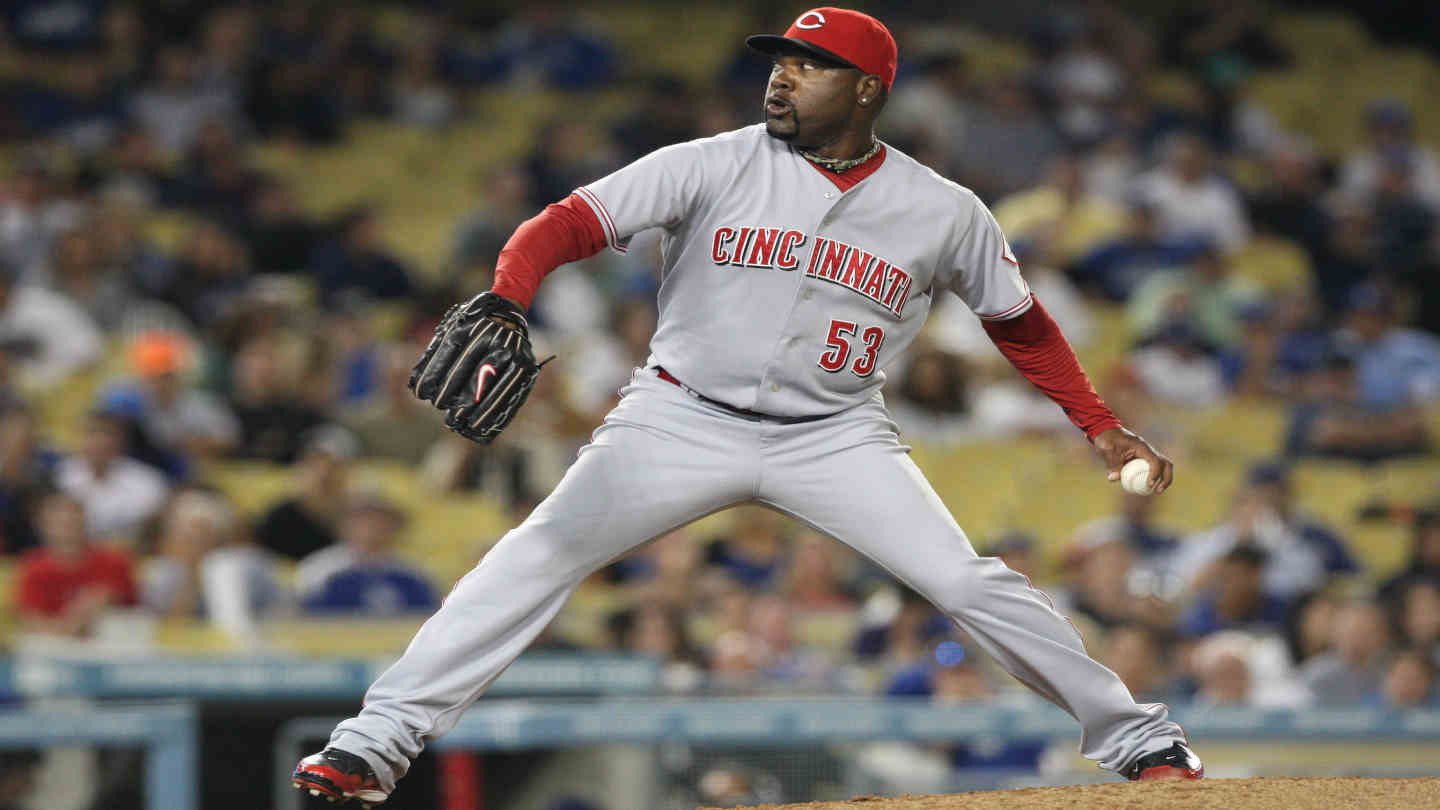Smallest MLB Stadium Dimensions & Fields

8 minutes
Last Updated: April 15, 2023
Even though all Major League Baseball stadiums appear very similar, no two MLB stadiums are designed the same.
Of course, all official stadiums must be built with certain features and distances in mind, but at the same time, they can and do come in different shapes and sizes.
This is not common in other popular sports, such as basketball or football, since all fields or floors must be the same width and length.
In Major League Baseball, this is not the case, and in the following article, we examine some interesting MLB stadium dimensions, focusing on the smallest MLB stadium.
It also should be noted that certain MLB stadiums, due to their different dimensions favor hitters, while others are more advantageous to hurlers.
Also, MLB outfields come with a great variety of different field dimensions to keep everyone entertained.
At the same time, stadiums have to follow fairly strict construction and dimension rules when it comes to the pitcher and infield mound.
Let’s take a look at some of the smallest MLB stadiums in the world and the reasons and implications behind their tiny dimensions.
Shortest MLB Stadium – Fenway Park

The shortest Major League Baseball stadium is Fenway Park which measures 390 feet to the central field, 203 feet on the right field line, and 310 on the left field line.
The smallest MLB stadium is located in Boston, Massachusetts, at 4 Jersey Street. The construction of kicked off in September 1911, and the stadium officially opened on April 20, 1912. The stadium has a capacity of over 37,000 spectators.
Still, this is not the smallest MLB stadium by capacity, as this title belongs to the Tropicana Field, which has a capacity of just around 25,000 people.
Back to the iconic Fenway Park, this stadium is not only famous for being associated with the Boston Red Sox but also for some of the most unique stadium features in Major League Baseball.
One of the most unique features is Fenway park’s center field.
It is significantly shorter in comparison to other MLB stadiums and has eighteen-foot-tall barricades on all sides.
For many years, Fenway Park was all hitters’ favorite due to its peculiar angles and a greater space on the right side of the field.
The oldest MLB stadium, which is still in use, also has the smallest MLB field, as we briefly discussed in the first section. The famous Green Monster is located on the left side of the field, standing proudly at 37’2” tall.
Despite being around eight feet shorter, the right field wall is much more difficult to get to. To sneak the ball over the wall in the corner, a right-handed batter must hit it almost directly to the line.
With this in mind, the smallest baseball stadium is not particularly advantageous to home run hitters. However, it does encourage doubles, and it had the highest doubles factor between 2003 and 2009.
Smallest MLB Stadium – Tropicana Field
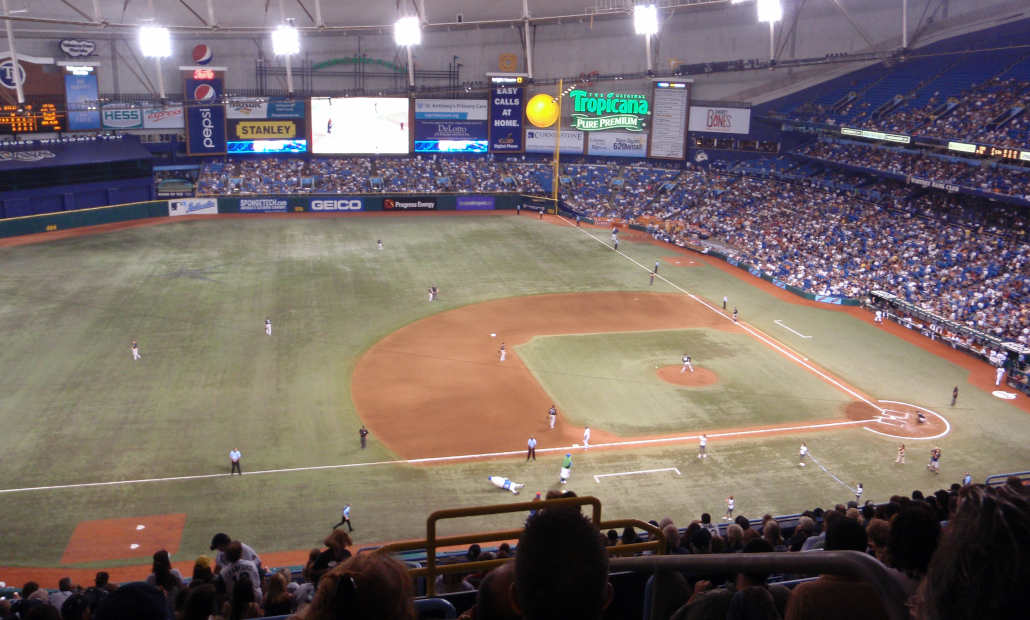
This leads us to the smallest baseball stadium by capacity and ballpark dimensions. That title goes to the Tropicana Field, the home of the Tampa Bay Rays.
The Tropicana Bay, formerly the ThunderDome and Florida Suncoast Dome, is located in St. Petersburg, in Florida. The stadium opened on the March 3, 1990.
The smallest baseball stadium was renovated in 2014, and the cost of renovation exceeded $130 million. Aside from being home to the Tampa Bay Rays, the multi-purpose Tropicana Field stadium hosts college football and bowl games.
As previously mentioned, Tropicana Field is the smallest MLB stadium, with a capacity of just around 25,000. The stadium’s capacity was over 40,000 before the renovation took place.
Aside from housing the smallest field, Tropicana Field is also one of the strangest MLB stadiums for a couple of reasons.
It has been criticized for many years for its strange dimensions and features. One of these is the unusual white roof. It does not only look very outdated but also makes it almost impossible to truly enjoy the game.
These MLB stadium dimensions are also very strange. The left field corner is around 315 feet directly from the home plate. The distance between the right field corner and the home plate is around 320.
Only superior hitters can get an advantage playing at the Tropicana Field since the wall rounds to slightly above 370.
Needless to say, the stadium has performed rather poorly when it comes to home runs due to its unusual short field dimensions.
Coors Field Colorado Rockies

Now, let’s briefly examine the Coors Field Colorado Rockies. It may not be the smallest baseball stadium in the league, but it holds the title of the most home-run-heavy MLB stadium, even though you would assume that this honor belongs to Fenway Park.
The Coors Field is home to the Colorado Rockies. Located in Denver, Colorado, the construction of the stadium started on the October 16, 1992. It started welcoming its first spectators three years later.
The stadium has a capacity of over 46,000 spectators, including standing places.
The Coors Field has been renovated several times. Its capacity exceeded 50,000 spectators before 2017 and the latest renovation that took place.
These MLB stadium dimensions are some of the longest in the famed baseball league, at least when it comes to the dimension of its outfield. The left field has a distance of 347 feet, while the left center is 380 feet in length.
The center field has a distance of 415 feet, while the right center and field have a distance of 375 and 350 feet, receptively. With some of the longest outfield dimensions in the league, the Coors Field is known for balls flying further in most baseball games.
To solve this “issue,” a special humidor was added. Before the humidor was included, Coors Field used to be the most hitter-friendly MLB ballpark.
In addition, due to its massive outfield dimensions, the Coors Field generated over 14% more offense when compared to all other stadiums.
According to the same statistics published back in 2021, the Coors Field also generated 16% more home runs and around 19% more hits between 2019 and 2021.
While the Coors Field remains famous for high-flying balls, the addition of the humidor negatively affected its title as one of the most favorite hitters’ places.
Yankee Stadium

Then, there is the iconic Yankee Stadium and home to the New York Yankees. This MLB stadium’s dimensions, which are rather unusual, reserved the Yankee Stadium spot on this list.
The Yankee Stadium, situated in the Bronx area of New York City, opened its doors in 2009. The very first MLB game was played at the stadium on April 16, 2009, just a couple of days after the first exhibition game this stadium hosted.
The overall construction cost of Yankee Stadium exceeded $2.3 billion. This is not that much considering it has a capacity of over 46,000 spectators, according to the report released in 2020. Its capacity was over 50,000 back in 2009.
Aside from being the home of the MLB New York Yankees, the stadium also serves as the home of the Major League Soccer New York City FC.
While the stadium does not have the smallest or the shortest MLB field, it has smaller dimensions when compared to most stadiums that host MLB games.
The length of the left field is around 318 feet, while the length of the left center is just below 400 feet. The center field has a length of 408 feet, while the right center has a distance of around 385 feet.
The Yankee Stadium right field has a distance of around 314 feet.
These dimensions may not suit everyone, but nobody can deny that there is no more famous MLB stadium than the home of the New York Yankees.
The old stadium, which was replaced by the modern stadium, was known as the most famous launching pad for most hitters, especially left-handed players.
Older generations of MLB fans probably remember those times when Mickey Mantle and Roger Maris were superior on the field, making use of the short Yankee Stadium porch quite frequently.
As previously mentioned, the refurbished Yankee Stadium opened its doors in 2009, and ever since, it has been one of the main hitters’ favorites. Back in 2009, Yankee Stadium ranked first in the home run factors and came out in third place one year later.
When compared to the old stadium, the new Yankee ballpark has even closer and shorter fences. So, for the foreseeable future, it should remain one of the top hitters’ destinations.
Guaranteed Rate Field

Lastly, we have to discuss the U.S. Cellular Field, officially known as the Guaranteed Rate Field, the home of the Chicago White Sox.
Formerly known as the U.S. Cellular Field and Comiskey Park, the Guaranteed Rate Field opened its doors on the April 18, 1991, while the construction of the stadium kicked off in May 1989.
The home of the Chicago White Sox had a capacity of 40,000 spectators as of 2004, when the stadium was renovated the last time.
The left field length is around 330 feet, while the left center has a length of around 375 feet. The center field distance is around 400 feet, while the right center has a length of around 375 feet. The length of the right field is 335 feet, and the outfield wall stands high at 8 feet.
In recent years, fans of the Chicago White Sox had started to notice that the former Comiskey Park has more homer highlights when compared to previous years before Kenny Williams joined the team.
This should not come up as a surprise considering the fact that the stadium generally has a prominent home run factor in the last several years and more home run hits when compared to other MLB ballparks.
Moreover, the Guaranteed Rate Field has consistently ranked highly in the home run factor since the early 2000s.
In addition, the Chicago White Sox are known for leading the MLB league when it comes to home runs.
This MLB ballpark dimensions may not be anything extraordinary, but we cannot deny the fact that the Guaranteed Rate Field remains one of the league’s most homer-friendly stadiums, besides the Coors Field.
The list of the smallest MLB stadiums could also include Truist Park, Comerica Park, Globe Life Field, Petco Park, Target Field, and Kauffman Stadium. However, we focused on stadiums with the shortest porches and not the smallest capacities.






